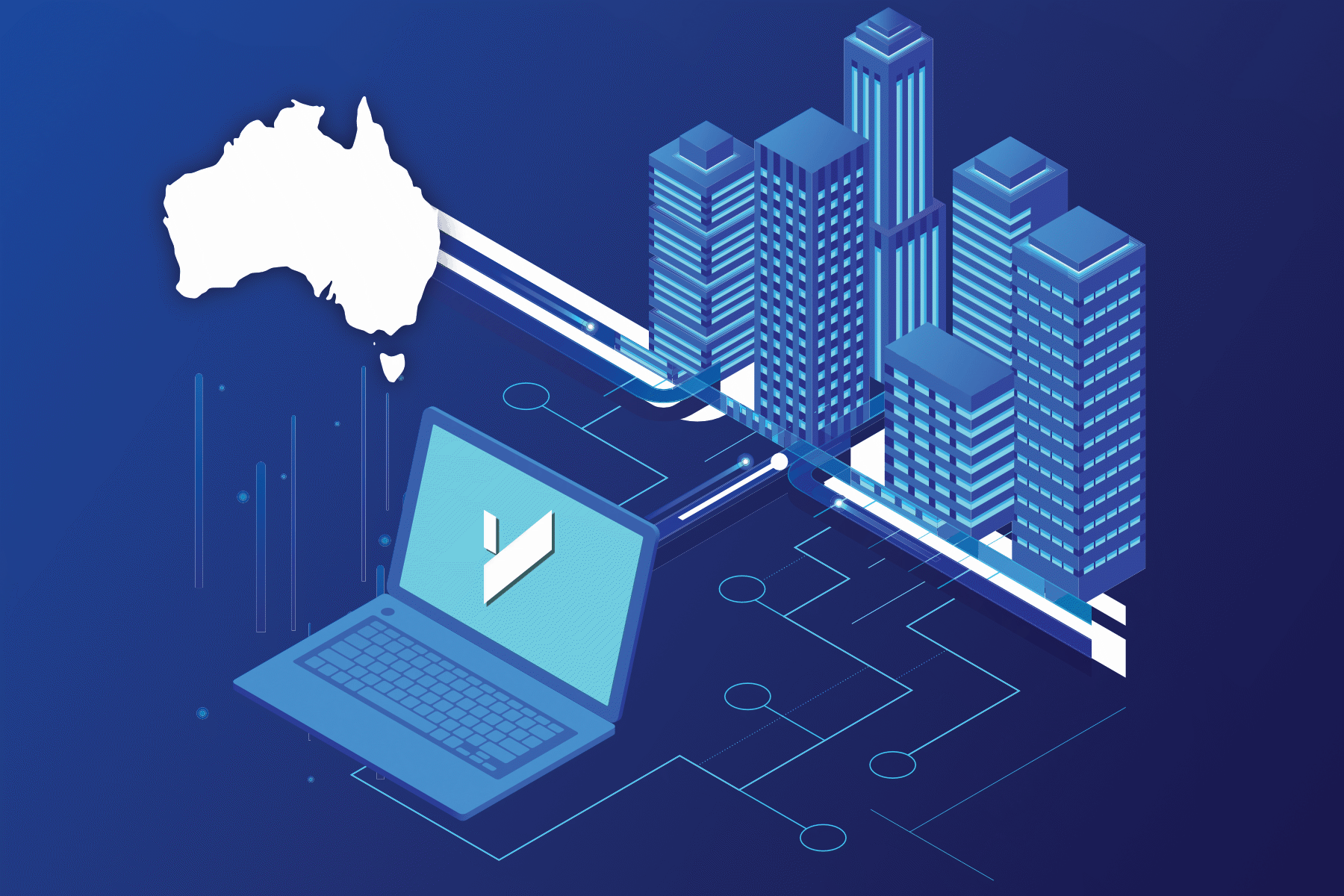The smart software behind energy efficient buildings
Tackling building energy efficiency can be a daunting task, but sophisticated software, powered by artificial intelligence, machine learning and the Internet of Things, can help says Yardi’s Neal Gemassmer.

“Utility expenses are one of the biggest controllable expenses in commercial buildings, but the average commercial building wastes 30 per cent of its energy consumption due to inefficient operations,” Gemassmer, Yardi’s vice president for international, says.
Hidden in this statistic is a real opportunity for property owners to take a proactive approach to energy monitoring and management.
Yardi has developed a comprehensive energy management platform for commercial and build-to-rent real estate portfolios called Yardi Pulse.
“We believe having a better understanding of utility and energy consumption is an important first step in developing strategies to reduce consumption and improve operational efficiencies,” Gemassmer adds.
Yardi’s energy solutions have been available in the US for several years and are currently being deployed to international markets, including Australia and New Zealand.
“Yardi solutions have traditionally been focused on servicing the back office of real estate investors, owners and operators to manage their property portfolios using Voyager – our enterprise resource planning platform.
“This focus on real estate has allowed us to gain a deep understanding and data set of how buildings are managed, the expenses associated with utilities and the costs associated with running the mechanical and plant operations in a building.”
Yardi Pulse has been created as a software-driven energy strategy that is functional, easy to use and provides a short payback period for clients.
“Tackling building energy efficiency can be a daunting task, as it is often difficult to know where to start or how to calculate the benefits of an investment,” Gemassmer explains.
Yardi’s software leverages machine learning to ensure that utility expenses are correct, for example, reducing late fees, bill errors and over payments.
Detailed consumption data provides valuable portfolio benchmarking and the basis for an effective energy strategy. This is coupled with real-time data collected through IoT devices to uncover insights into usage spikes and potential savings across an entire portfolio.
Yardi Pulse also harnesses energy automation technology to proactively detect faults and alert building management teams before HVAC systems fail. Yardi’s system also allows clients to automate their heating and cooling to optimise tenant comfort and minimise wasted HVAC costs.
“We have found that an incremental strategy delivers significant results. Gaining visibility into consumption and demand can reduce costs by up to five per cent,” Gemassmer explains.
“Over time, building owners and operators can identify their highest cost and highest ROI assets as candidates for energy automation, which can deliver additional cost savings exceeding 15 per cent.”
“We expect cost savings to increase, as artificial intelligence and machine learning engines analyse larger data sets and as we collect more information from IoT sensors in buildings.”